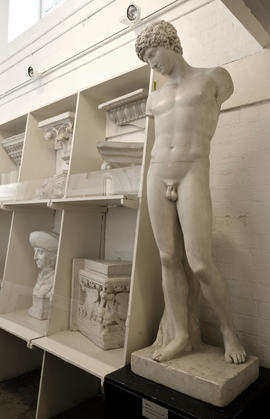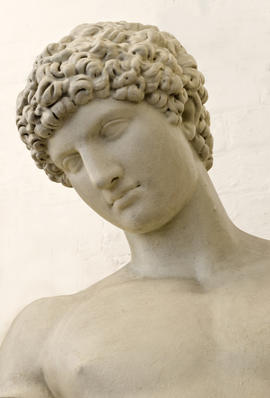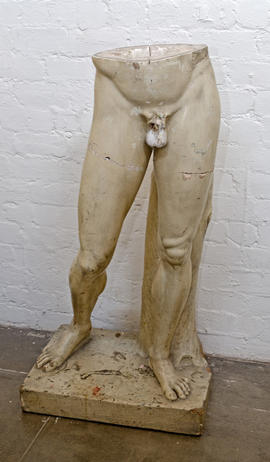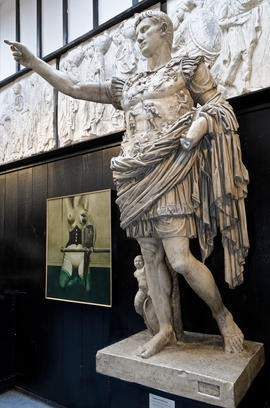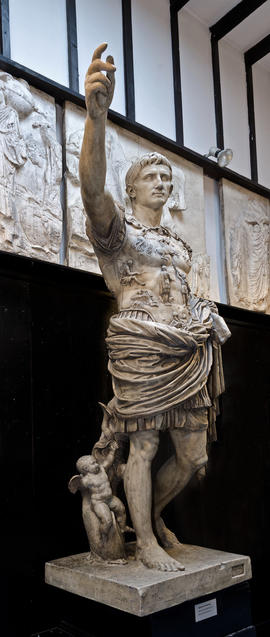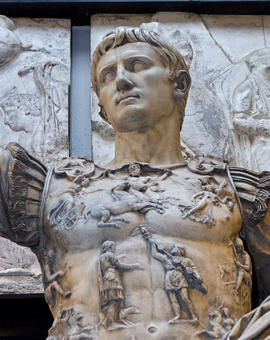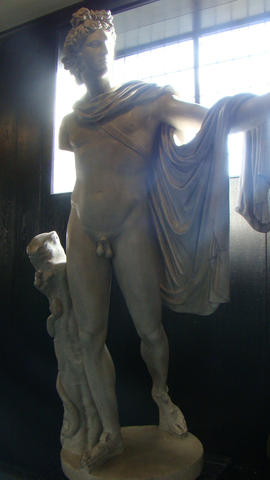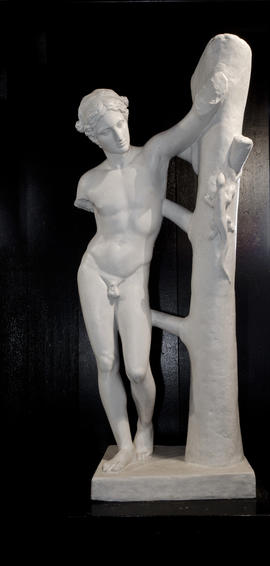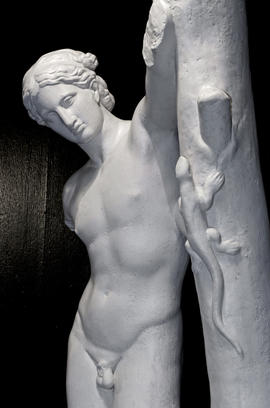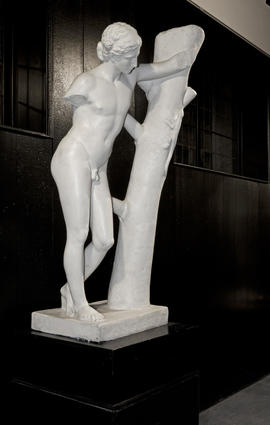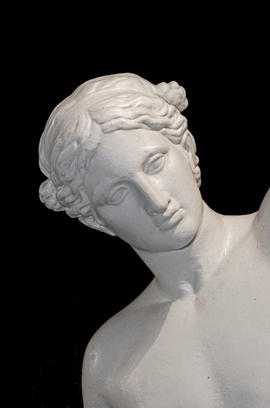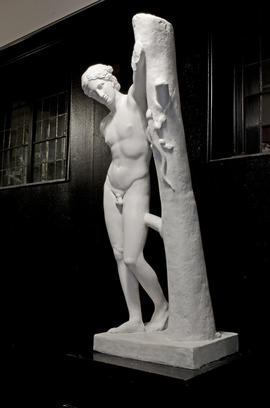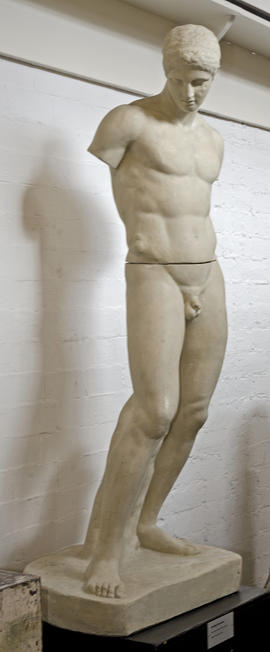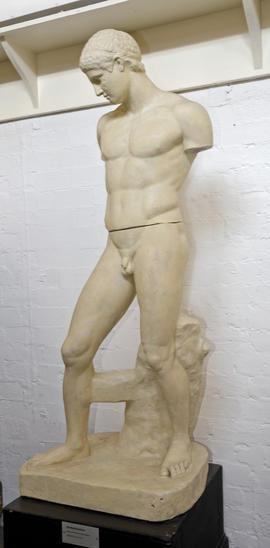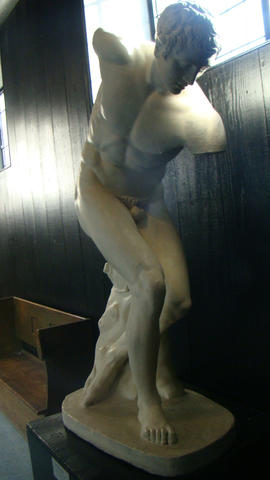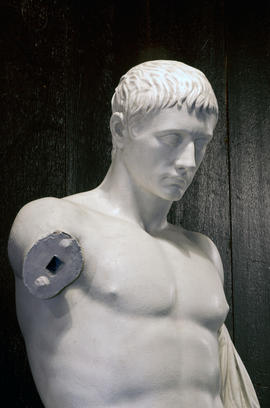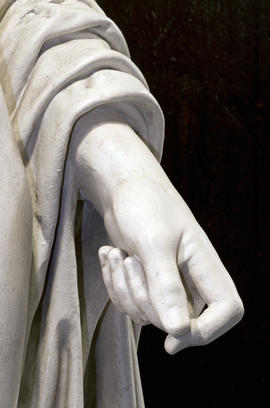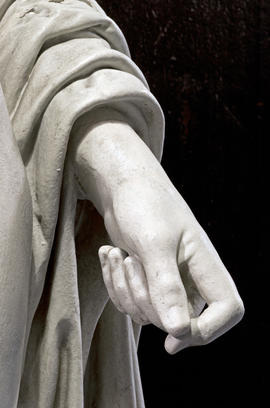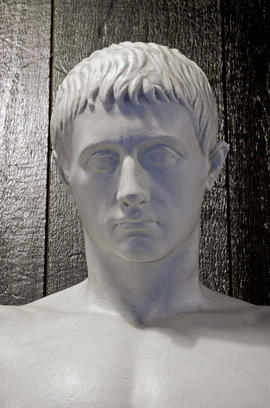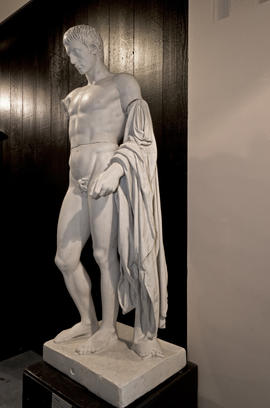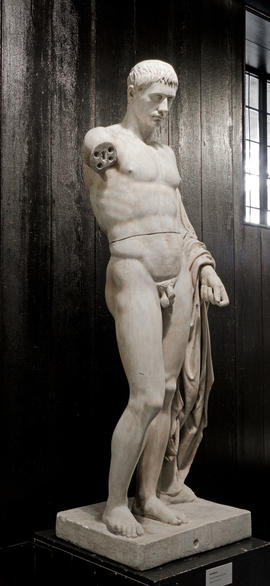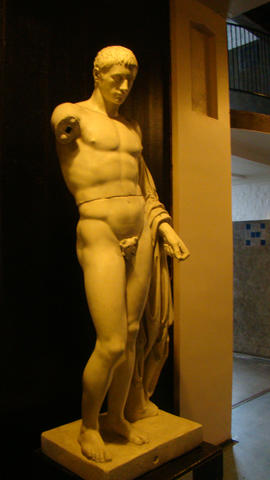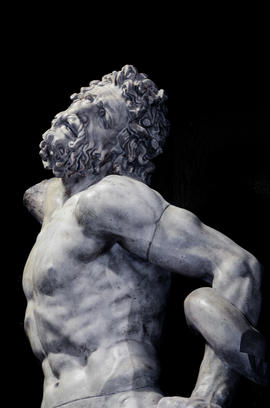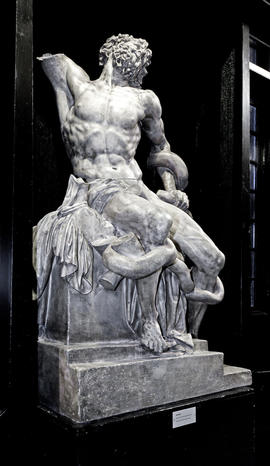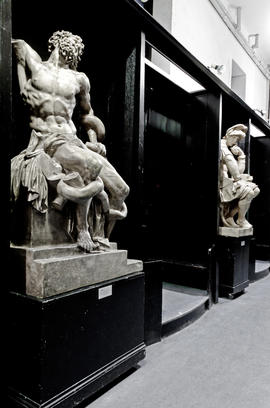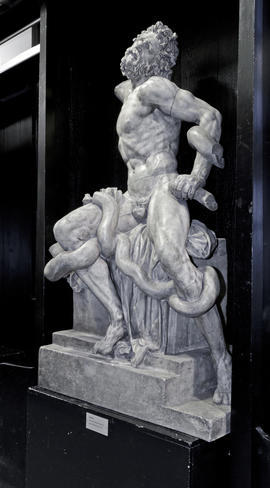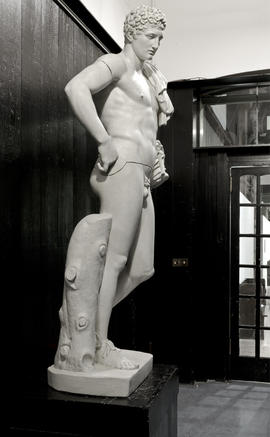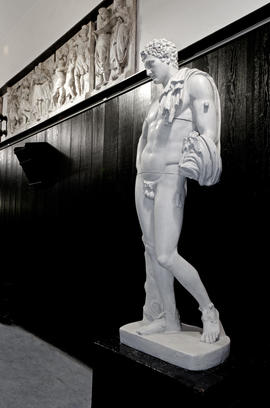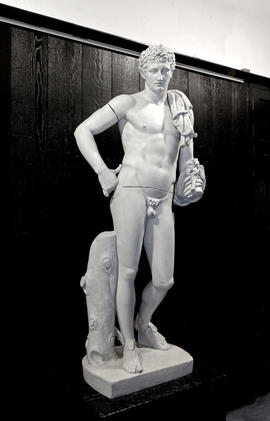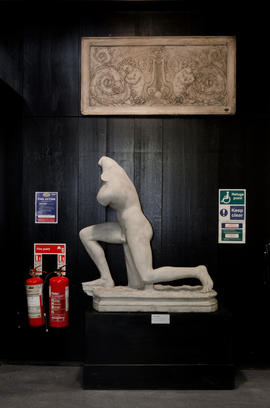- DC 073/2/3
- Subseries
- c1969-2011
Part of Papers of Conrad McKenna, student and staff member at The Glasgow School of Art, Scotland
Conrad McKenna’s correspondence and materials relating to The Glasgow Summer School held in San Gimignano during his various teaching roles at The Glasgow School of Art. Including a combination of typed and hand written materials, newspaper clippings, floor plans and printed ephermera. Including correspondence in English and Italian with: The Scott Sutherland School of Architecture, Robert Gordons Institute of Technology, Universita Italiana per Stranieri, Provincial Tourist Office – Sienna, Societa Dante Alighieri, Convento S. Agostino, Comune Di Bresica, Intercultural and Permanent Education Centre (San Gimignano), and Professor Mario Serchi. Correspondence generally details travel and accommodation arrangements, itineraries and costings for The Summer School at San Gimignano alongside its relationships and partnerships with individuals and institutions. Selections of correspondence detail Italian students’ visit to Scotland. Also includes correspondence with the Intercultural and Permanent Education Centre, San Gimignano, detail Draft Articles of Association; an account of The Glasgow Summer School in 1969 by Douglas Percy Bliss, which describes San Gimignano, the Church of Saint Agostino where the school was held and accommodated and the school’s interaction with the local population. A typed account of the origins of The Summer School at San Gimignano by Conrad McKenna is also included. Printed ephemera includes two brochures from 1969 and 1971 detailing itineraries, arrangements and costs of The Glasgow Summer School.
McKenna, Conrad


